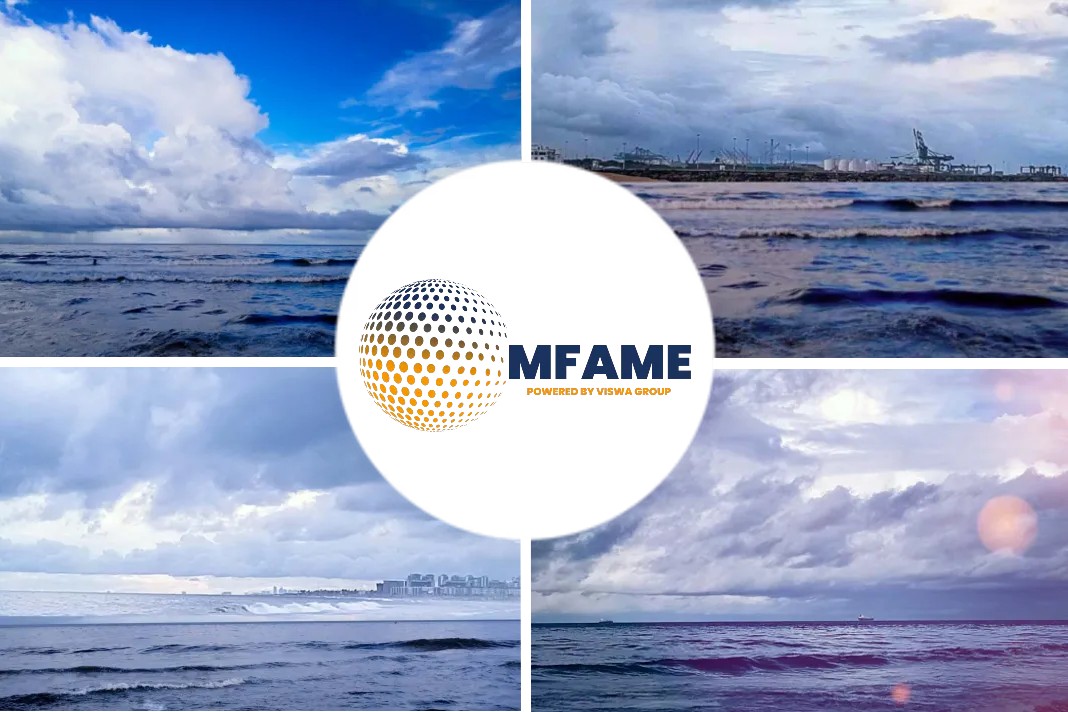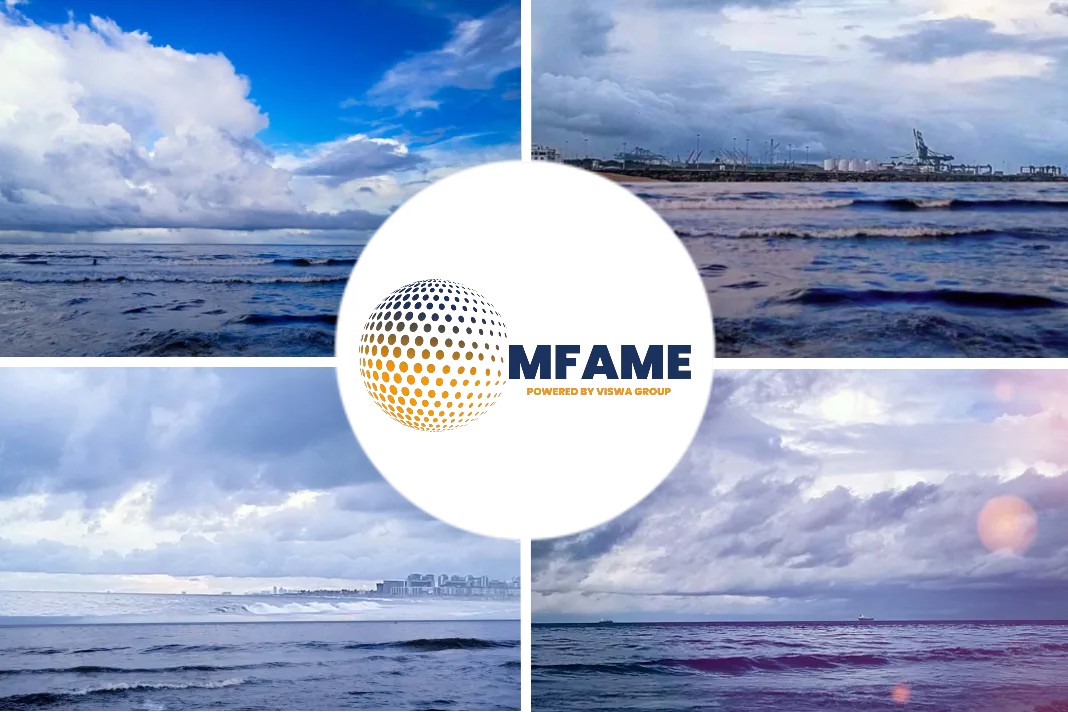The vessel YARA Birkeland will be the world’s first fully electric and autonomous container ship, with zero emissions, says an article published in KONGSBERG website.
Development & Delivery
KONGSBERG is responsible for development and delivery of all key enabling technologies including the sensors and integration required for remote and autonomous ship operations, in addition to the electric drive, battery and propulsion control systems.
About the ship
A 120 TEU (Twenty-foot Equivalent Units) open top container ship. It will be a fully battery powered solution, prepared for autonomous and unmanned operation.
Eco-initiative
The vessel will reduce NOx and CO2 emissions by reducing diesel-powered truck transport by around 40,000 journeys per year.
This eco-initiative will help to meet the UN sustainability goals, and improve road safety and congestion.
Detachable bridge
For the first phase of the project a detachable bridge with equipment for manoeuvring and navigation will be implemented.
When the ship is ready for autonomous operation this module will be lifted off.
Design concept
The following describes the concept design. The final design will be decided by the end of Q3 2017, and the delivering shipyard within the first half of 2018.
Estimated facts & figures
These figures may change slightly as the project progresses.
Main particulars
- Length o.a.: 79,5 m
- Length p.p.: 72,4 m
- Width mld.: 14,8 m
- Depth shelter deck: 10,8 m
- Draught (full): 6 m
- Draught (ballast): 3 m
- Service speed: 6 knots
- Max speed: 13 knots
Capacity
- Cargo capacity: 120 TEU
- Deadweight: 3 200 mt
Propulsion
- Propulsion system: Electric
- Propellers: 2 Azimuth pods
- Thrusters: 2 Tunnel thruster
- Battery pack: 7 – 9 MWh
Proximity Sensors
- Radar
- Lidar
- AIS
- Camera
- IR camera
Connectivity & Communication
- Maritime Broadband Radio
- Satellite Communications
- GSM
Loading / Discharging / Mooring
- Loading and discharging will be done automatically using electric cranes and equipment.
- The ship will not have ballast tanks, but will use the battery pack as permanent ballast.
The ship will also be equipped with an automatic mooring system – berthing and unberthing will be done without human intervention, and will not require special implementations dock-side.
Operational Area
The autonomous ship will sail within 12 nautical miles from the coast, between 3 ports in southern Norway.
The part of the area carrying most of the ship traffic is covered by The Norwegian Coastal Administrations’ VTS system at Brevik.
The distances between the ports are:
- Herøya – Brevik (approx. 7 nm)
- Herøya – Larvik (approx. 30 nm)
Operation / Control Centres
To ensure safety, three centres with different operational profiles are planned to handle all aspects of operation.
These centres will handle:
- emergency and exception handling,
- condition monitoring,
- operational monitoring,
- decision support,
- surveillance of the autonomous ship and its surroundings and
- all other aspects of safety.
An interface towards Yara logistical operation will be implemented at the operational centre at Herøya.
- YARA at Porsgrunn
- Kongsberg Maritime
- Kystverket VTS centre at Brevik – to be decided
Milestones
2017
- Design finalised. Design done by Marin Teknikk, design MT 2007.
- Model towing tank testing. Testing at SINTEF Ocean in Trondheim Norway.
2018
- The delivering shipyard is decided to be Vard Brevik in Norway. The hull will be delivered by Vard Braila in Romania.
2019
- Testing of autonomous capability will be carried out.
2020
- The vessel will be delivered from Vard Brevik, and will gradually move from manned operation to fully autonomous operation by 2022.
Did you subscribe to our daily newsletter?
It’s Free! Click here to Subscribe!
Source: KONGSBERG


















